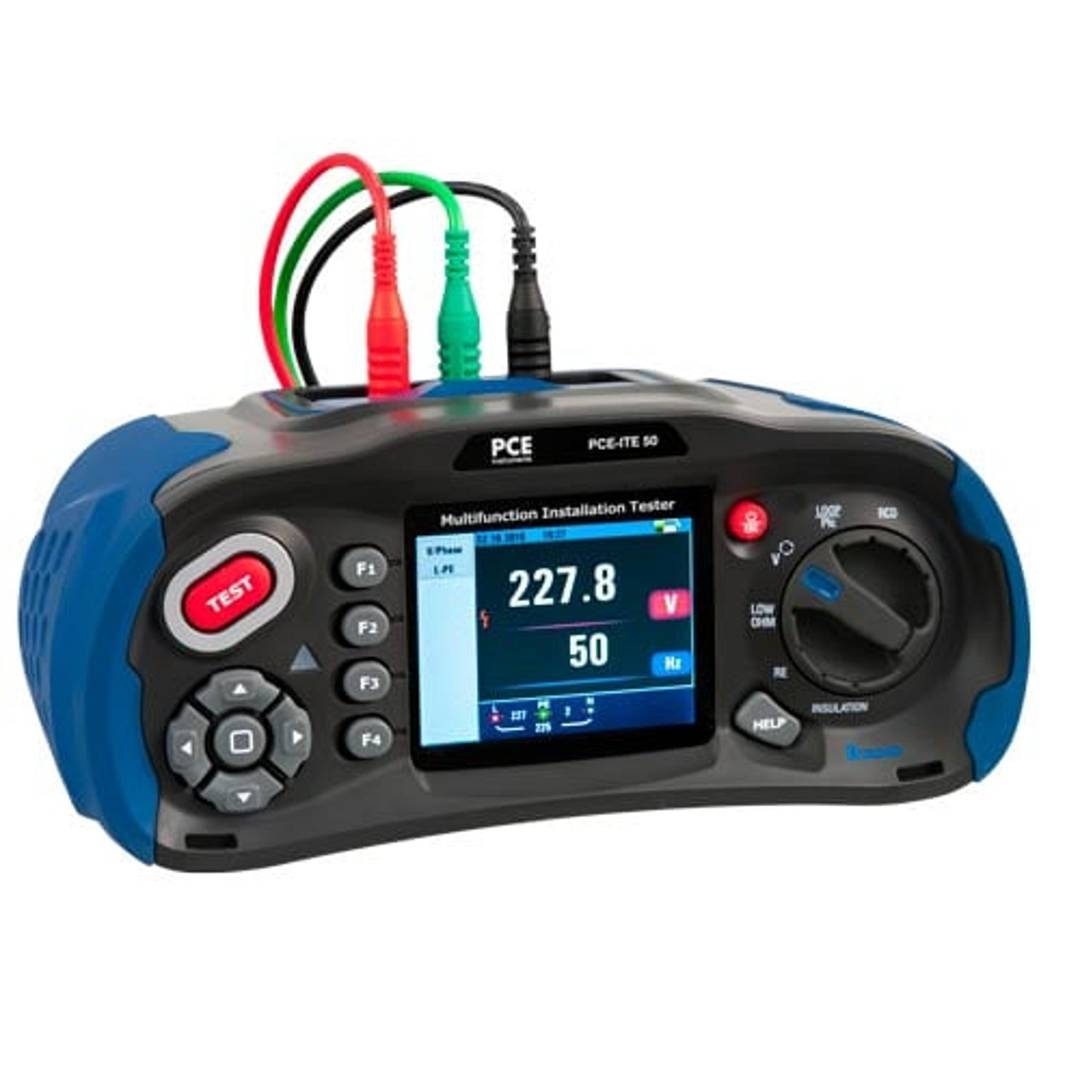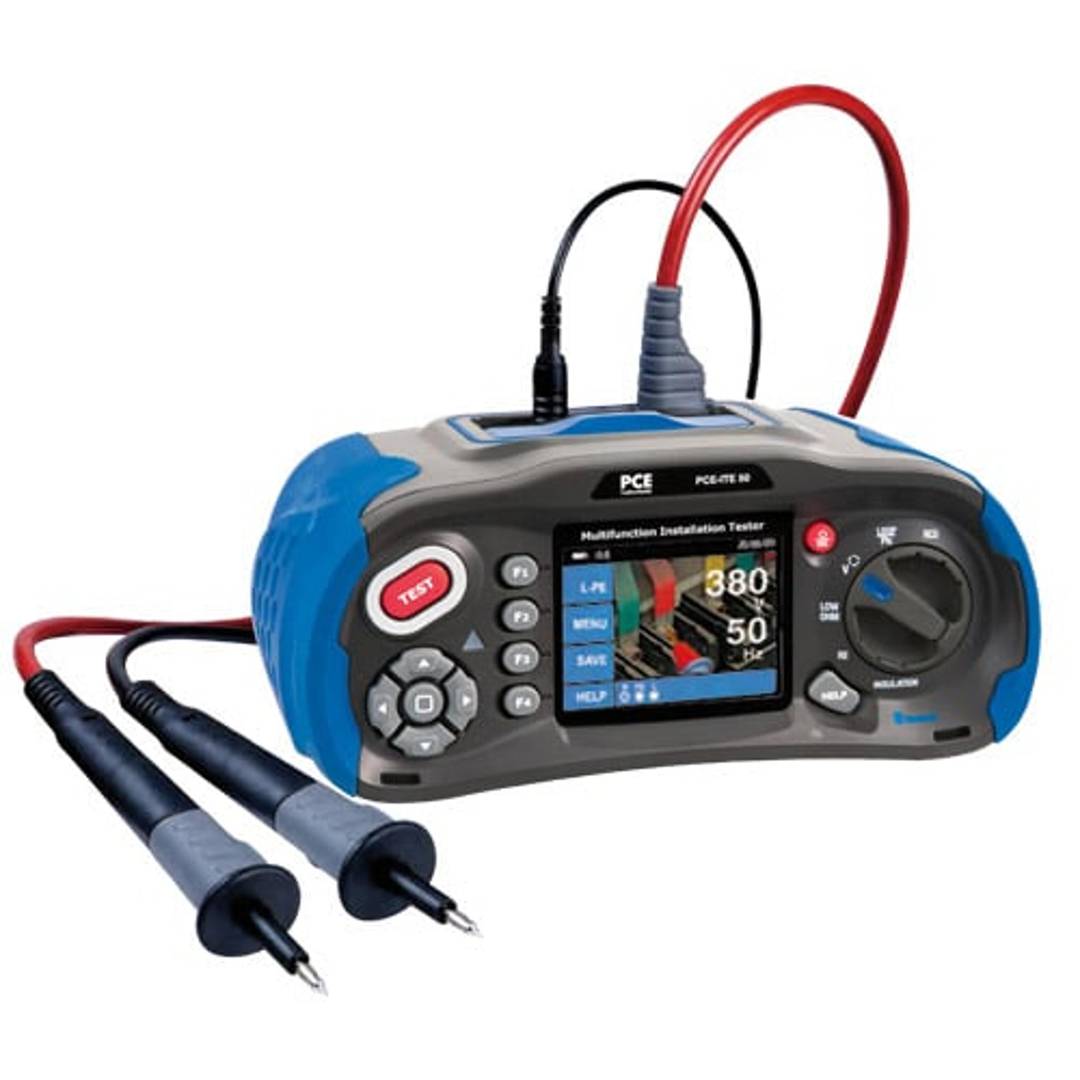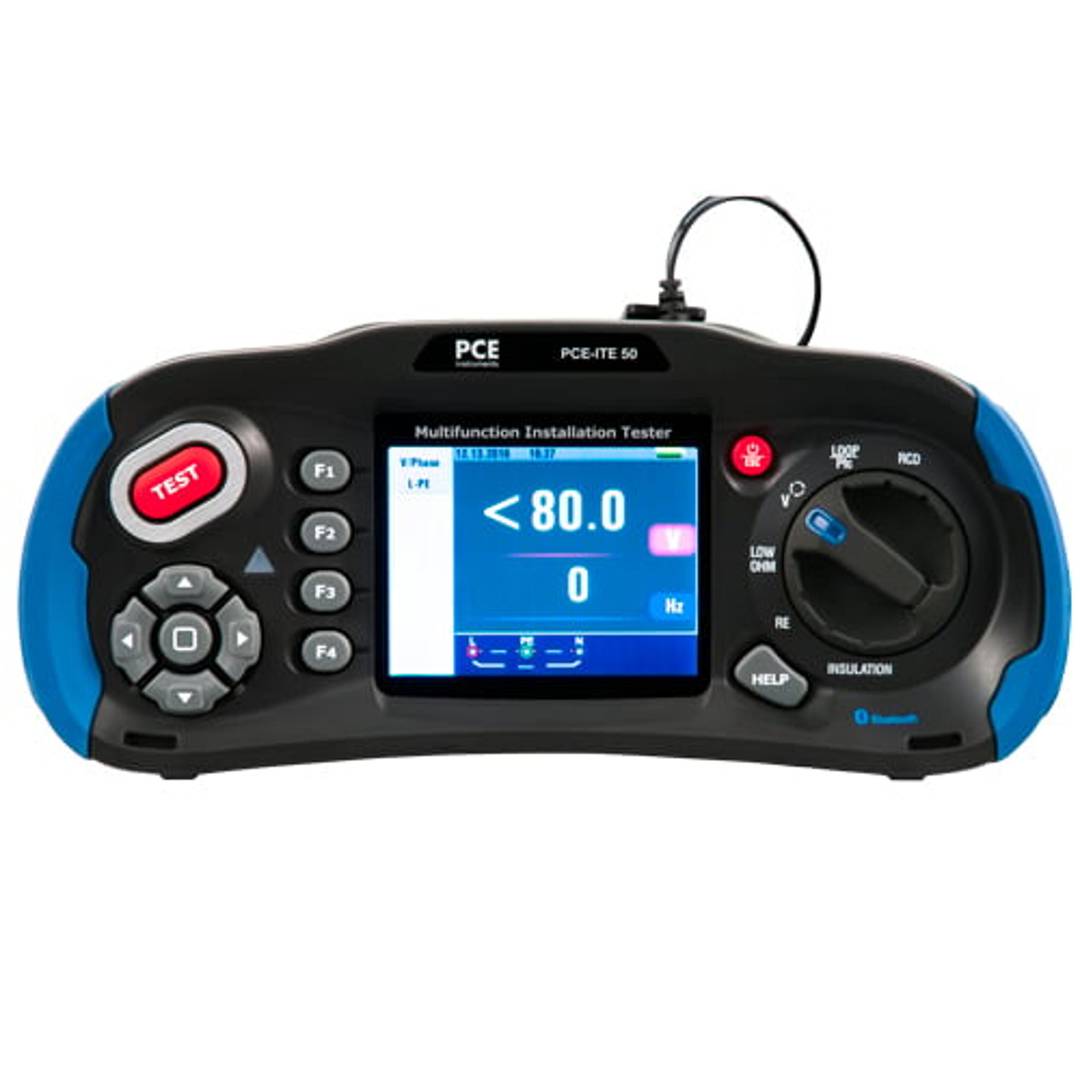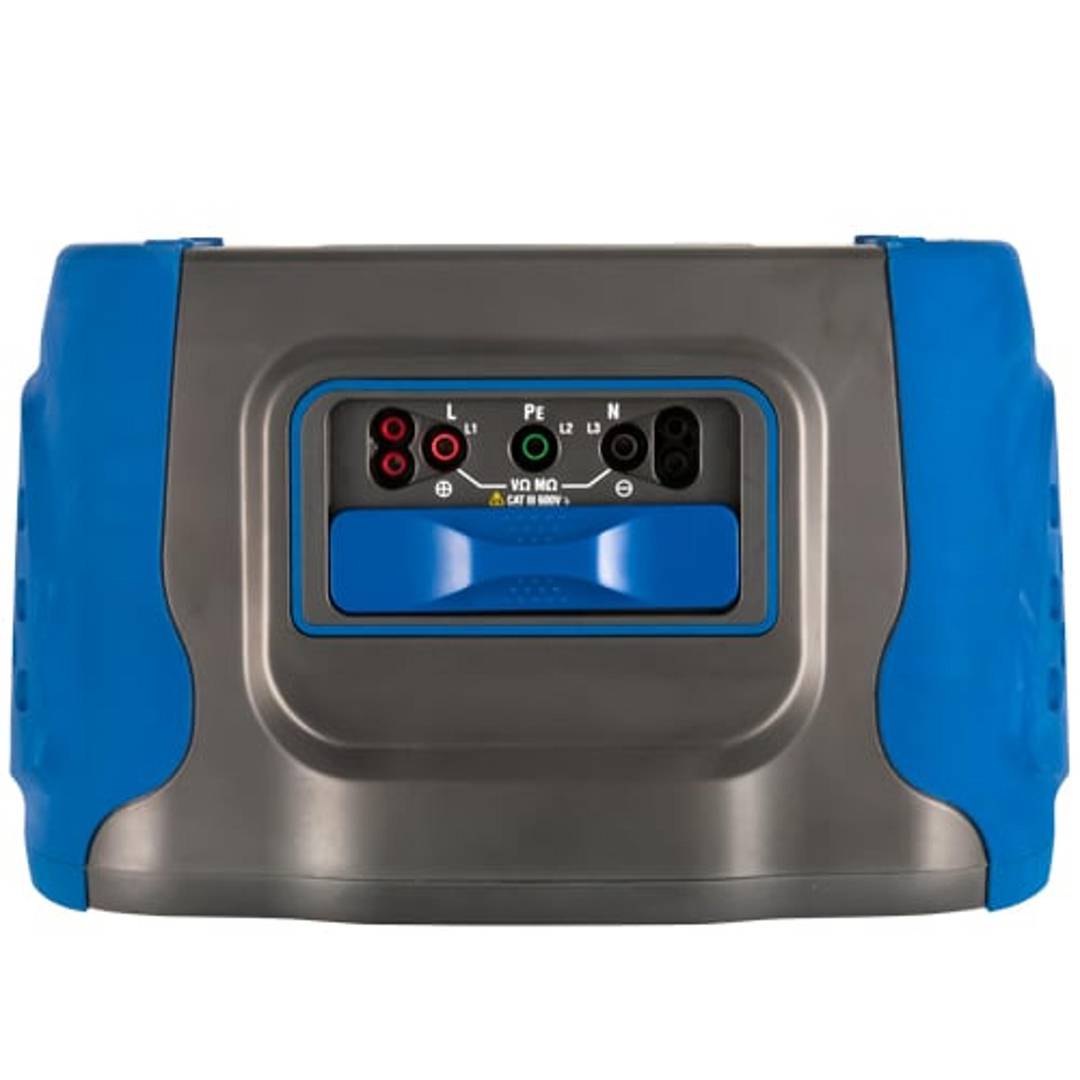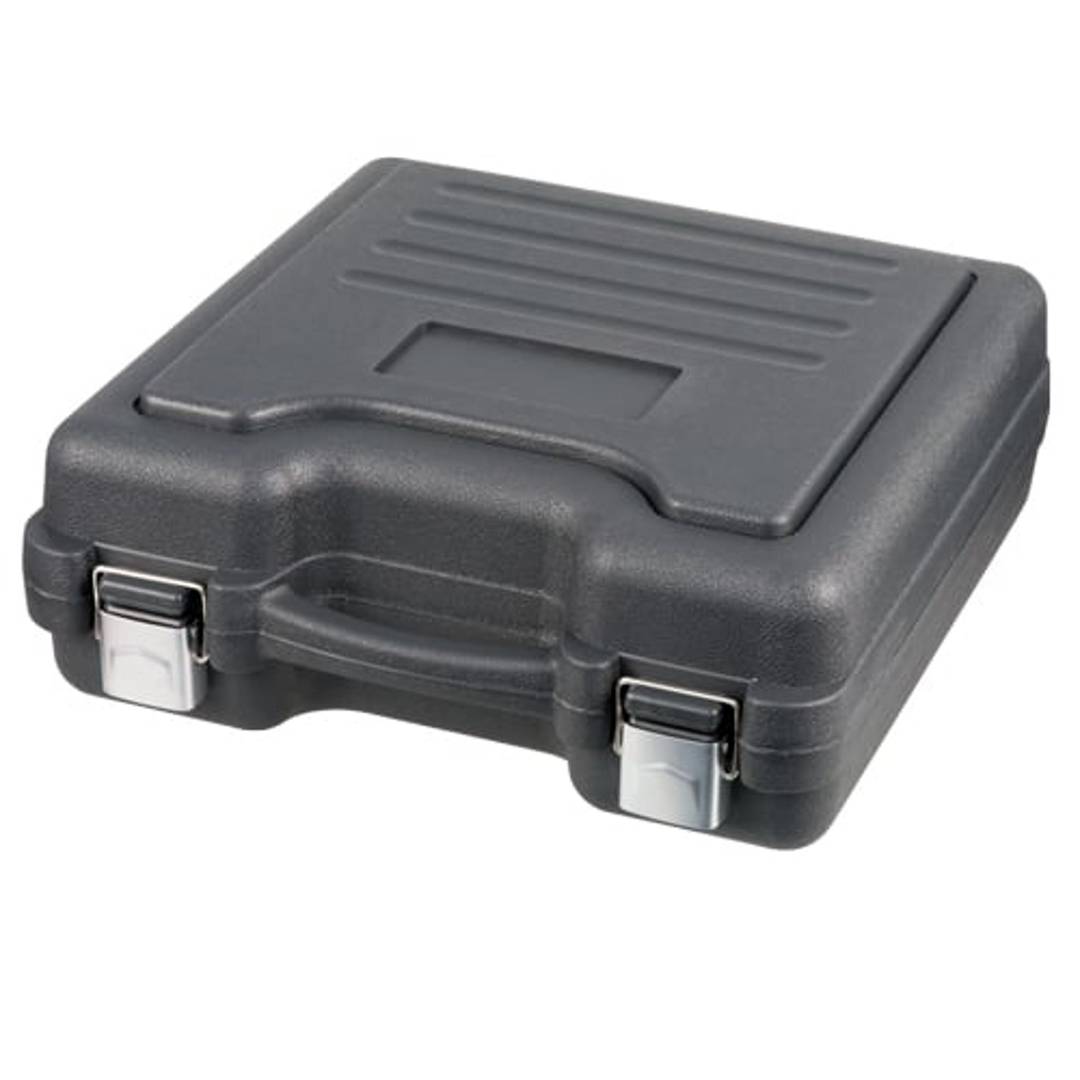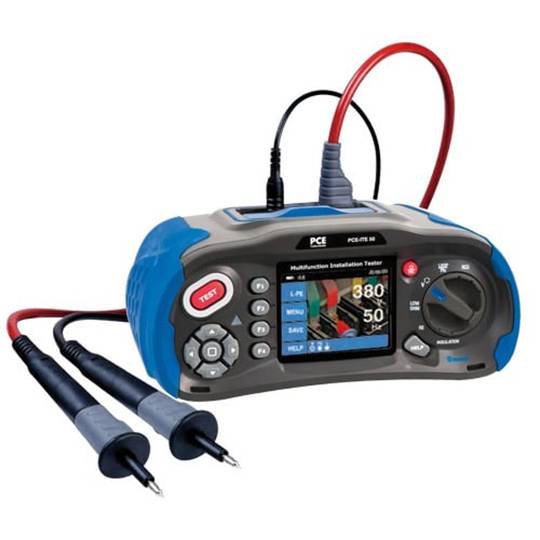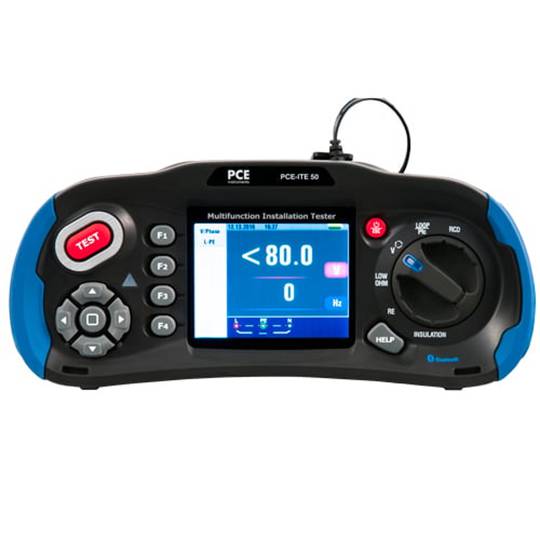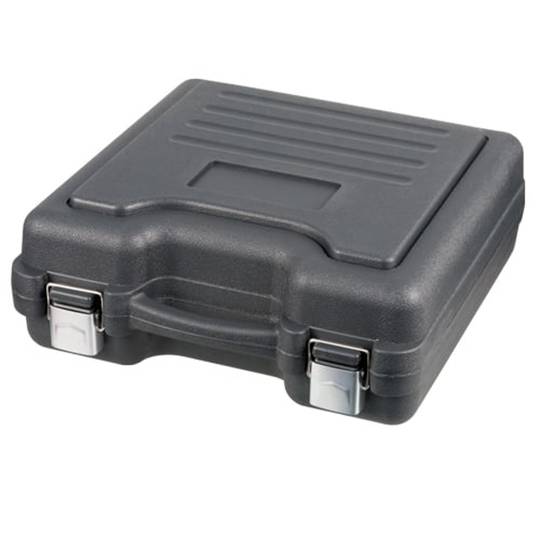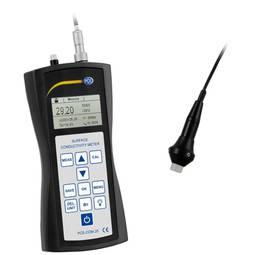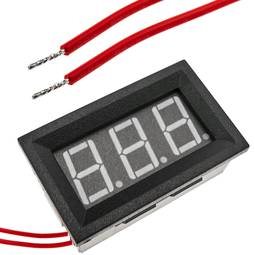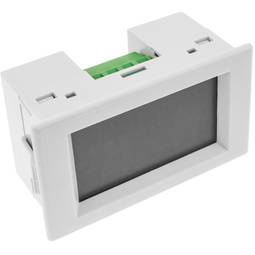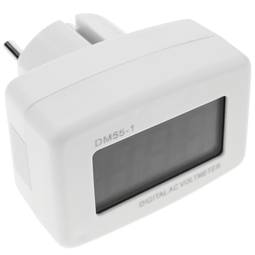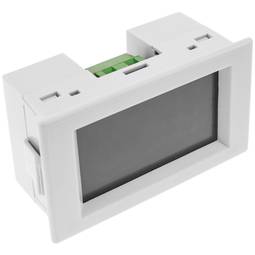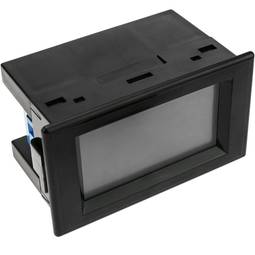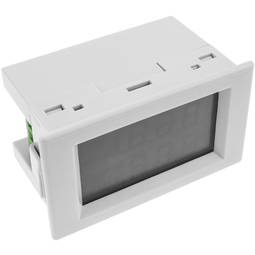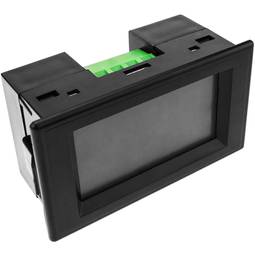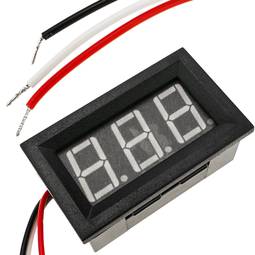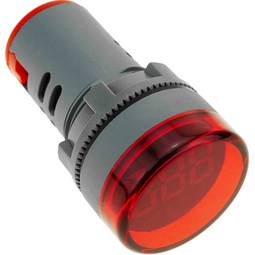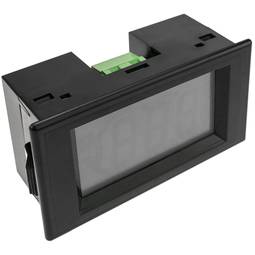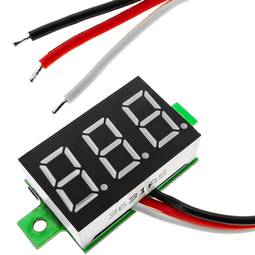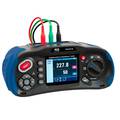12/24/2025 11:30 a.m.
https://cablematic.com/en/products/pce-ite-50-installation-tester-PC126/
https://cablematic.com/en/products/pce-ite-50-installation-tester-PC126/
PCE-ITE 50 installation tester
REF: PC126
Specifications
- Rugged installation tester.
- 3.5 color TFT-LCD screen.
- Measurement modes: insulation resistance, earth resistance, loop impedance, voltage measurement, low impedance measurement, and DDR test with camera function.
- Documentation of the measurement with photos.
- Measurement of low ohm values with frequency 0...2000 and resolution 0.001...1.
PVP
€918.85
Price including VAT:
€918.85
PVD
€855.50
PVP: Retail price.
Check conditions.
PVP: Sale price to distributors.
Check conditions.
7 business days
The delivery times are approximate and may vary depending on the selected carrier.
warranty
returns
safe
Specifications
- Rugged installation tester.
- 3.5 color TFT-LCD screen.
- Measurement modes: insulation resistance, earth resistance, loop impedance, voltage measurement, low impedance measurement, and DDR test with camera function.
- Documentation of the measurement with photos.
- Measurement of low ohm values with frequency 0...2000 and resolution 0.001...1.
Keywords
Did not find what you were looking for? These topic could help you
More info
The loop impedance measurement is made with a test voltage of 10 V. This measurement is useful for checking grounding installations, since the loop resistance should be as low as possible. The installation tester offers the possibility to measure line voltages and phase connections with a test voltage of 1000 V AC/DC. This function is used to check the continuity and resistance of circuits. The installation tester also offers the possibility to perform the DDR (Network Diagnostic) test. This test is used to check the resistance of line, ground and neutral conductors. This test is carried out with a test voltage of 250 V AC/DC. The installation tester also offers the possibility of making low impedance measurements with a test voltage of 10 V. This function is useful for checking the proper functioning of safety devices, such as differentials. To check the correct installation of safety devices, the installation tester offers the possibility of making a low impedance measurement. This measurement is carried out with a test voltage of 10 V. It is a robust device that offers a wide variety of measurements to verify the correct installation of fixed installations. It has a large 3.5 color TFT-LCD display, intuitive symbols, high degree of vision, insulation resistance measurement, earth resistance, loop impedance, voltage measurement, low ohm measurement, DDR test and camera function. These features allow the user to perform comfortable and fast measurements, as well as to document the measurement with the corresponding photos. These features help ensure that fixtures are installed safely and correctly. The installation tester is a robust and reliable device to guarantee the safety and correct installation of all electrical systems. Manufactured by PCE with reference PCE-ITE 50.
Specifications
- Rugged installation tester.
- 3.5 color TFT-LCD screen.
- Measurement modes: insulation resistance, earth resistance, loop impedance, voltage measurement, low impedance measurement, and DDR test with camera function.
- Documentation of the measurement with photos.
- Measurement of low ohm values with frequency 0...2000 and resolution 0.001...1.
- Insulation resistance measurement with 125V, 250V, 500V or 1000V test voltage and 1mA test current.
- Earth resistance measurement with measuring range 0...2000 and resolution 0.01...1 .
- Ideal for ensuring that fixed installations are installed safely and correctly
- Gross Weight: 5.169 kg
- Number of packages: 1
Technical terms
- Impedance
Impedance
The impedance (Z) is a measure of opposition that a circuit to a current when a voltage is applied. The impedance extends the concept of resistance circuits alternating current (AC), and has both magnitude and phase, unlike resistance, which has only magnitude. When a circuit is powered with direct current (DC), there is no distinction between the impedance and resistance; the latter can be thought csa impedance with zero phase angle.


